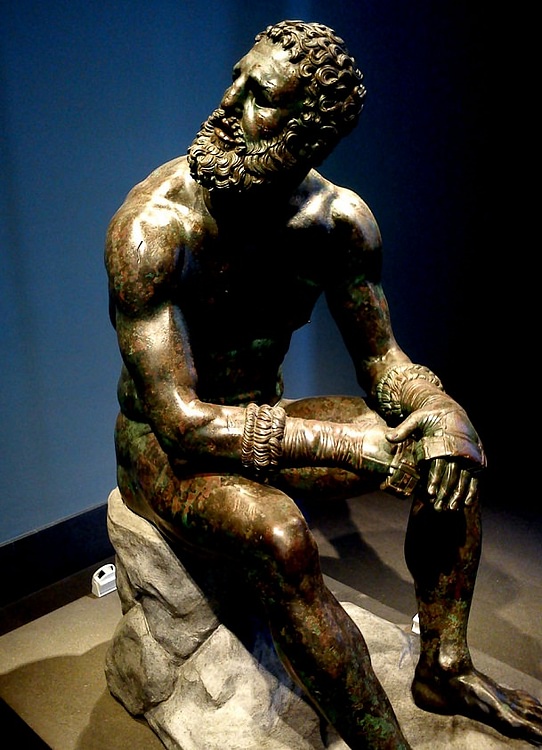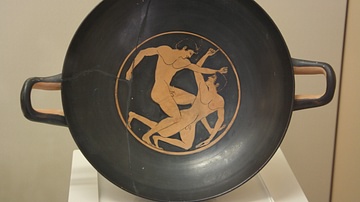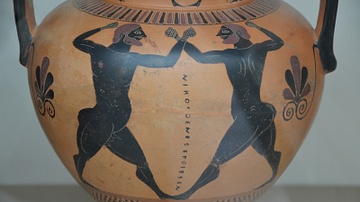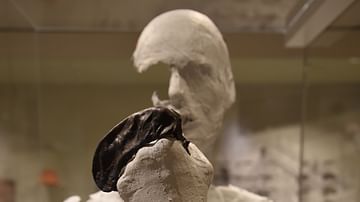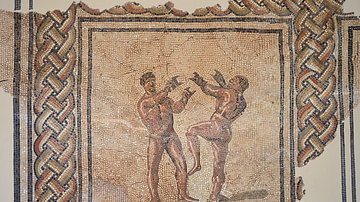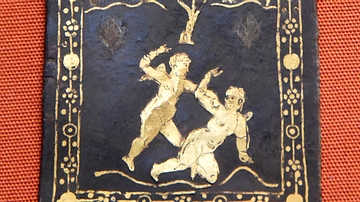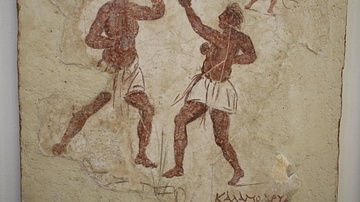Server Costs Fundraiser 2024
Illustration
The bronze Boxer of Quirinal, also known as the Terme Boxer, is a Hellenistic Greek sculpture dated around 330 BCE of a sitting boxer with Caestus, a type of leather hand-wrap, in the collection of the National Museum of Rome. It is one of the two unrelated bronzes (the other being the unidentified Hellenistic Ruler) discovered on the slopes of the Quirinal within a month of each other in 1885, possibly from the remains of the Baths of Constantine. It appears that both had been carefully buried in antiquity. The statue is a masterpiece of Hellenistic athletic professionalism, with a top-heavy over-muscled torso and scarred face, cauliflower ears, broken nose, and a mouth suggesting broken teeth. R.R.R. Smith believes that the statue does not show a true portrait: this is genre realism, individuality removed in favour of a generic character of "boxer."
Cite This Work
APA Style
Fanizza, I. (2012, August 01). Boxer of Quirinal. World History Encyclopedia. Retrieved from https://www.worldhistory.org/image/802/boxer-of-quirinal/
Chicago Style
Fanizza, Irene. "Boxer of Quirinal." World History Encyclopedia. Last modified August 01, 2012. https://www.worldhistory.org/image/802/boxer-of-quirinal/.
MLA Style
Fanizza, Irene. "Boxer of Quirinal." World History Encyclopedia. World History Encyclopedia, 01 Aug 2012. Web. 26 Jul 2024.

